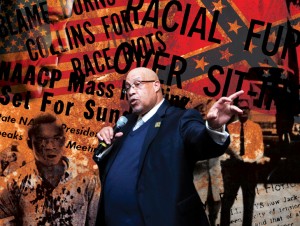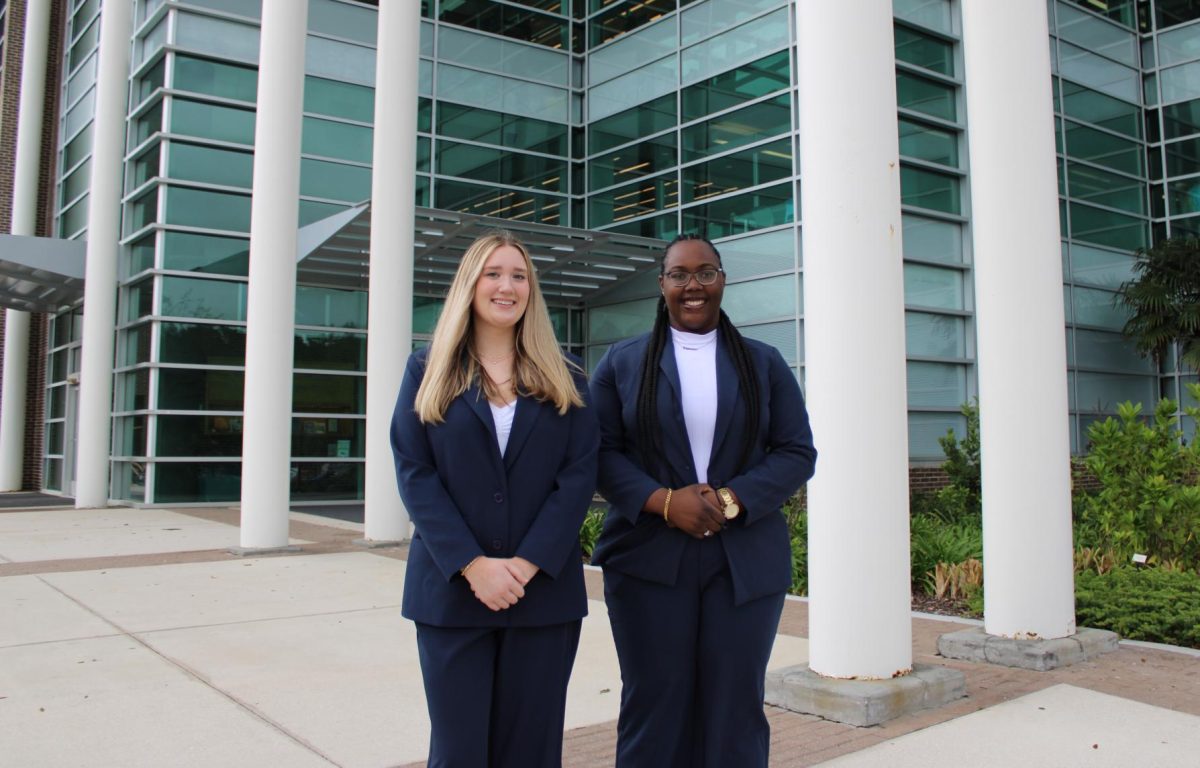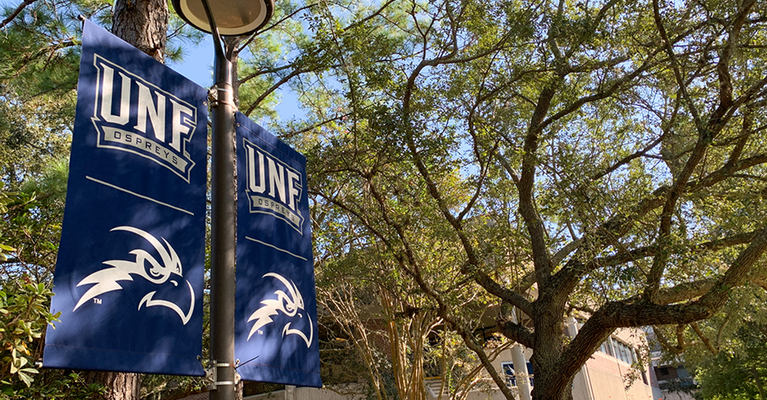February is black history month. You probably already knew that.
But what you might not know about is Jacksonville’s sordid and shameful history of segregation and racial discrimination.
This summer will mark the 50th anniversary of Axe Handle Saturday, a somber day of racial unrest that swept our River City into the ferocious maelstrom of the Civil Rights struggle.
On Aug. 27, 1960, a group of black youths entered a diner and sat at a “white’s only” lunch counter. This was a continuation of sit-in demonstrations that began two weeks prior in Jacksonville and several months earlier around the nation.
In response to their perceived insolence, a throng of some 200 whites, some wearing Confederate uniforms, attacked the demonstrators with axe handles and baseball bats.
This event is currently being portrayed pictorially as an exhibit in the Lufrano Intercultural Gallery in the Student Union. The exhibit runs through March 5 and is based on Rodney Hurst’s book “It was ‘never’ about a hot dog and a Coke!”
Hurst’s book tells the story of how young black and white high school students rose to oppose the pervasive system of segregation in Jacksonville in the 1960s.
“We saw, as idealistic as this sounds, we saw an issue that needed to be dealt with and in our limited way, we dealt with it,” Hurst told the Spinnaker.
After that violence-soaked Saturday in the summer of 1960, the protests continued.
“We wanted to make sure people understood the reasons for our doing what we were doing,” Hurst said. “It was not a lark, it was not a passing fad or fancy, we were determined to fight segregation and racism with every fiber of our being, as limited as they [our resources] were, but still we were going to fight.”
Discrimination was as diffuse as it was transparent in those days. None of the local media outlets in Jacksonville covered the run up to Axe Handle Saturday, and the abhorrent event itself received scant coverage.
This is hardly surprising considering the Florida-Times Union’s only coverage of blacks during this time came as a special section called “News For and About the Colored People of Jacksonville,” which was denoted with a black star on the front page.
This edition was delivered exclusively to black neighborhoods, Hurst said. “In the big picture, white folk didn’t even know black folk existed in terms of that kind of news,” Hurst said. “The news was segregated as was everything else.”
The exhibit is a stark reminder of how far we have come as a nation. But only a fool would think that racism is a relic of antiquity.
The Southern Poverty Law Center released a report last year identifying nearly 1,000 active hate groups in the not-so United States.
This represents a hate group increase of over 50 percent since the beginning of the decade and a 4 percent increase since 2008, the year President Barack Obama was elected as the nation’s first black president.
It is tempting to ignore the deep sociological scars of segregation and invidious discrimination that continue to haunt our country — to just go on as if such obscene affronts on human decency and democratic values never happened or are so far in the distant past as to be irrelevant.
Some may even contend that looking backward in time is counterproductive when one considers race relations. We would stress to those of such a mind, however, that past is prologue, and the only way to go forward is to understand from where we have come.
As Hurst reminds us: “We are a work in progress because of the human condition, and if we don’t try to continue to improve, we’re going to retrogress at a faster rate than some folks think that we have progressed.”












